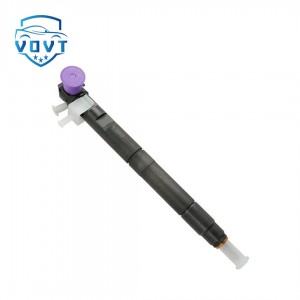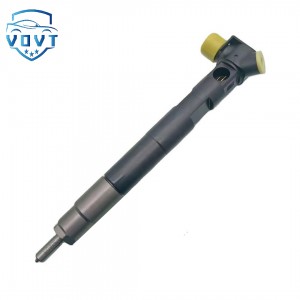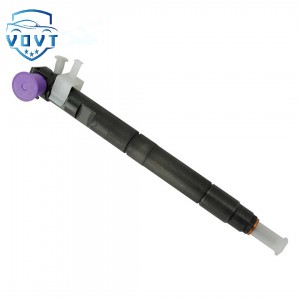High Quality Diesel Fuel Injector 338004X450 Auto Parts for FORD RANGER 2.8D
Products Description
| Reference. Codes | 338004X450 |
| Application | / |
| MOQ | 4PCS |
| Certification | ISO9001 |
| Place of Origin | China |
| Packaging | Neutral packing |
| Quality Control | 100% tested before shipment |
| Lead time | 7~10 working days |
| Payment | T/T, L/C, Paypal, Western Union, MoneyGram or as your requirement |
Influence of return oil back pressure on injection characteristics of common rail injectors
As national requirements on vehicle emissions and fuel consumption become increasingly stringent, the technological development of diesel engines is moving in the direction of higher power efficiency, higher thermal efficiency and lower emissions. The new generation of diesel fuel injection system, the high-pressure common-rail fuel system, is a new generation of diesel fuel injection system. The high-pressure common-rail fuel system is able to combine injection volume and injection timing control into a single unit, controlled by the injectors, and the injection pressure is independent of the engine's speed and load. The injector is a very complex structure and is a key component of the fuel injection system. The performance of the injector has a direct impact on the performance of the entire high-pressure common-rail fuel injection system, which in turn has a significant effect on engine performance. Therefore, it is essential to improve the injection characteristics of the injectors on the common rail in the process of engine performance development.
The electronically controlled Common Rail injector consists of three functional components: orifice injectors, solenoid valves and a hydraulic servo system. High-pressure fuel is fed from the high-pressure fuel line to the injector nozzles, where it passes through the inlet and outlet orifices and enters the control room. The control room is connected to the oil return orifice through a return throttle orifice opened by a solenoid valve. When the return orifice is closed, the pressure on the top of the needle injector valve is greater than the force on the pressure surface at the bottom of the needle injector valve, the needle injector valve is pressed against the seat of the injector nozzle, and no fuel enters the combustion chamber. When the electro-magnetic valve is in operation, the return orifice is opened and the pressure in the control chamber drops. When the force acting on the top of the injector needle valve is less than the force acting on the pressure-bearing surface of the injector needle valve, the injector needle valve opens immediately and fuel is injected into the combustion chamber through the injection orifice. In this process, in addition to the amount of fuel injected into the combustion chamber, there is additional fuel flowing out through the throttle orifice, which is returned to the fuel tank through the return channel.























